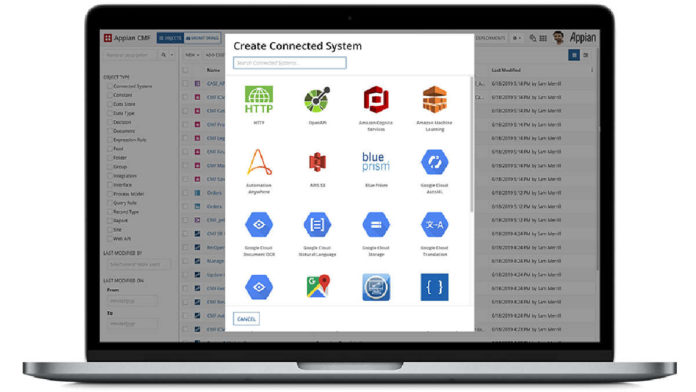
More businesses are putting their toes into the water of low-code development, enabling professionals outside of IT to design and develop their own solutions to problems specific to their function.
Proponents say the keys to creating any application is familiarity with the issues it’s trying to solve and the processes it’s meant to adapt. Given the intricacies that go along with so many of HR’s responsibilities—compliance, enrollment, onboarding—it makes sense to have practitioners directly control the design and development of its solutions, they believe.
Given the intricacies that go along with #HR responsibilities, companies should think about how practitioners can take advantage of low-code development tools. #HRTech Share on XAccording to MarketsandMarkets, the market for low-code development platforms will increase from $13.2 billion this year to $45.5 billion in 2025, a CAGR of 28%. Adoption by SMBs and smaller enterprises, along with increased awareness and digital transformation efforts, are the leading drivers of growth.
Not surprisingly, more tech brands are offering low-code solutions. Recently, Amazon Web Services launched Honeycode, a fully managed service used to create solutions for tasks like product approval, scheduling, customer relations management and user surveys. Amazon says Honeycode can tackle complex efforts, such as managing cross-department workflows, as well as simple apps, such as those addressing task-tracking needs.
Closer to HR’s home, Appian recently released a new version of its low-code development platform, which is intended to create global workforce solutions. Among other applications, Appian offers tools for workplace reopening and Payroll Protection Program lending.
Low-Code Apps in HR
The idea of low-code development isn’t new, and Amazon’s move to put it in the hands of end users isn’t a first. But the approach seems to be gaining traction in ways that should attract the interest of HR departments.
For one thing, a number of low-code tools can be used to address some of HR’s common pain points. For example, many seem uniquely suited to creating replacements for the spreadsheets practitioners rely on to keep track of, say, employee status.
Madrid-based recruiting firm Servitalent used the low-code tools of Caspio to develop its own talent management database. Caspio highlights several use cases that apply to HR, such as building custom CRMs, creating web dashboards and making online forms.
Another European company, Stockholm-based Tele2, used Boomi to create more than a dozen applications to streamline its talent acquisition workflow and connect its HR and finance systems. Besides eliminating data silos, Boomi said the effort linked identity, personnel management and payroll systems.
Changing Dynamics of Getting Things Done
As more organizations adopt this user-driven approach to creating technology solutions, how HR approaches the creation of software tools could notably change.
For one thing, HR may be able to speed up the implementation of some tools by reducing its reliance on internal IT departments or need for external technology budget. Executives say cost often puts a brake on developing solutions.
And then there’s the resources challenge. Generally speaking, said AWS Vice President Larry Augustin, customers “have told us that the need for custom applications far outstrips the capacity of developers to create them.”
In addition, low-code development could further emphasize the importance of technical knowledge to HR professionals, who already face challenges mastering analytics, mobile technology and social media. That said, most tech observers believe the low-code approach can only be taken so far.
“It will not replace other ways of creating software because low-code breaks down when the complexity of the solution increases,” Thomas Stiehm, CTO of consulting firm Coveros, told TechRepublic. “We saw the same thing with Visual Basic in the ’90s. VB was valuable and a lot of software was written in VB. In the end, it was complexity required by some applications that caused VB to break down and no longer be a good solution. Low code will be the same.”
Still, the COVID-19 pandemic may accelerate the adoption of low-code tools, added ServiceNow Vice President of Product Platform Management Marcus Torres. As more employees work from home, the dynamics of finding solutions to workflow and process challenges has changed. As the crisis plays out, he predicted to TechRepublic that low-code “will be part of the new support system” because workers have come to see its value. “It will become a stable tool for them to draw on to be more effective inside or outside the office,” he said.
Sign up for our newsletter here.
Image: Appian














